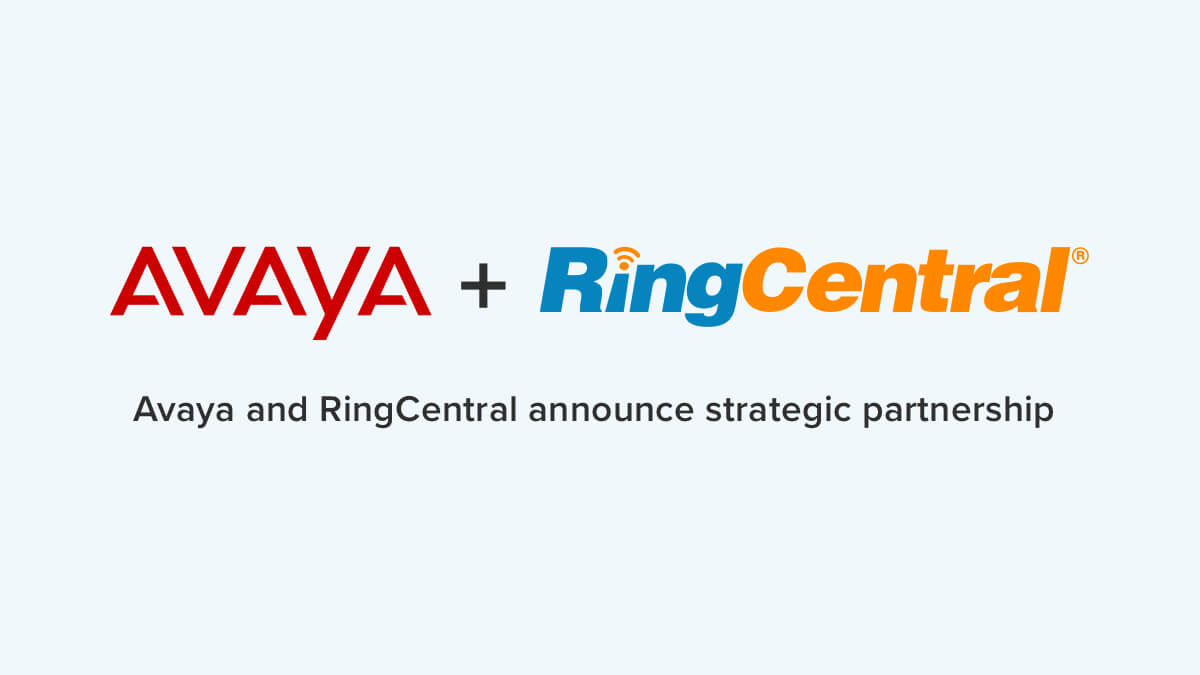This blog post is a summary of a recent podcast. Listen to the full podcast below.
You’re just getting into the groove of your morning when a call comes in. As you’re talking, you’re digging through your email to find the document the caller had sent you. Meanwhile, your cell phone is buzzing off the edge of your desk, an instant message pops up on your screen, and now you’re digging through your hard drive and cloud storage to find that document. All the while, you’re trying to listen to what the caller is saying while ignoring incoming distractions—despite a nagging feeling that you’re already late to a meeting. By the time you hang up, your brain feels fried. And it’s only 10 a.m.
All these apps and all this multitasking is the death knell for your productivity. You’re not alone; Thirty-two days per year are lost per year due to switching between communications apps. And it turns out that it’s a poorly designed user experience that requires you to do the opposite of what your brain is wired to do. Think of design like a door. If you walk up to a door and pull a handle, only to see a sign that says “push,” you feel awkward because the handle clearly is meant to be pulled.
This phenomenon even has its own name: The Norman Door, influenced by Don Norman’s 1988 book, The Design of Everyday Things. It’s an analysis of how we interact with objects, and the big takeaway is that good design is hard to notice, but poor design is something you can’t help but see. That’s how it is with so many enterprise communication apps; you can’t help but see the poor design and feel its effects on your workday. That’s where user experience (UX) design comes in. Using four rules, UX design can help overcome productivity challenges.
Listen to RingCentral’s Vice President of User Experience (UX) on the science behind UX.
Rule 1: Find the Voice
UX design is the voice of the user. The design team looks at how an interface or program is designed and how the user interacts with it, and then tests thoughtful design experiences.
Rule 2: Articulate the Problem
UX design also requires articulating the problem. All too often, we try to bring solutions to the table. However, there are times when all we can do is state what the problem is. That becomes our starting point for testing design experiences. You need to adopt “design thinking” as you approach the problem. It is a similar approach taken by most UX design training sessions where they focus on practicing live projects to understand how to take basic designing skills to practical problems.
Rule 3: Admit to Bad Ideas
Not all ideas are going to be winners, but in UX design, bad ideas get in the way of good one. The UX team’s job is to scrap bad ideas quickly, so they can focus on finding good ones, whether that’s creating an interface that brings all communication apps into a single dashboard or shutting off notifications when you’re on the phone.
Rule 4: Develop a Testable Hypothesis
To figure out whether an idea will work, UX designers formulate a hypothesis that can be tested. For example, in this case, the hypothesis would be: “Workers can get more done if they can get all their communications in one app.” Testing could be as formal as creating a prototype or running focus groups, or as simple as asking a few friends. That’s where designers figure out if they’re right or if the idea is bad and needs to be scrapped. Sometimes they change a few things and keep trying.
Streamlined Design, Streamlined Work
When you put these four rules into action, you get an elegant design that creates a second-nature experience for users interacting with the interface. Think about the Apple iPod. When it came out, there was just a click wheel. People would sit there, spin the click wheel, and watch as titles and artists scrolled by on their screens. And after a while, they couldn’t imagine another way to use an MP3 player.
That’s how you want your communication and collaboration apps to be. Imagine the experience of a single app that brings in your meetings, phone calls, text messages, team chats, document shares—anything you need to communicate and collaborate with your team. You just have one app open instead of a half dozen and can return your focus to the task at hand.
The design of your business communications solutions can make or break your focus, your productivity, and your day. When you use thoughtfully designed, elegant tools—tested and backed by science, you provide the best experience possible.
Listen to the latest podcast now or through the podcast player of your choice: Apple Podcasts, Google Podcasts, and Spotify.
Originally published Oct 11, 2019, updated Jan 30, 2023





